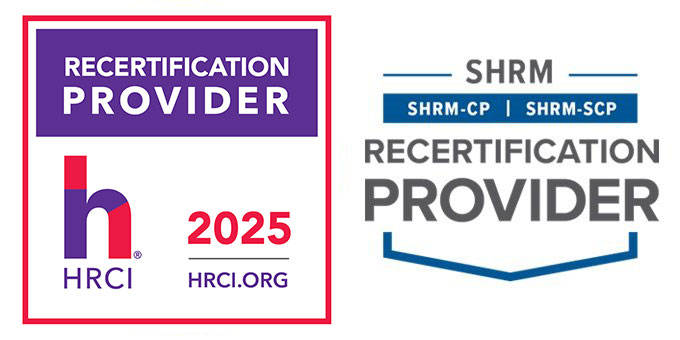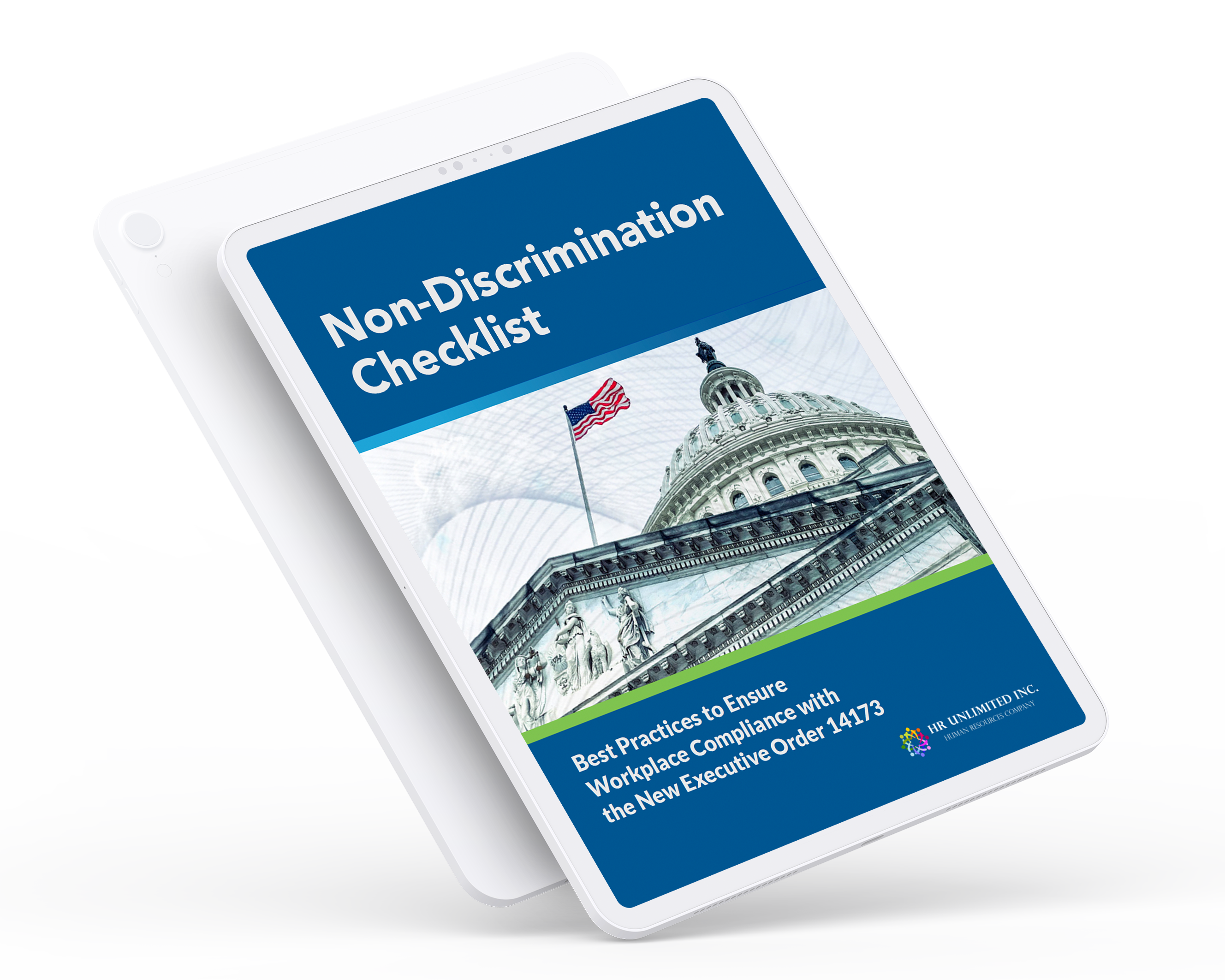H.R. and Affirmative Action Might Help You Take Control of Workplace Violence.Here’s How:
Previously, we began discussing the potential role of H.R. and Affirmative Action compliance in preventing workplace violence. We ended with the promise to provide suggestions “to both detect and prevent harassment and workplace violence”. Let’s start then with detection.
Detecting workplace violence requires looking for possible risk factors and warning signs, in order to know where you need to start in addressing your company’s potential issues. Here are some of the more common risk factors:
- Some or all of your employees work with the public;
- Some or all of your employees handle money, valuables or prescription drugs (e.g. cashiers, pharmacists, jewelers, bank tellers);
- You are a government agency or private business that carries out inspection or enforcement duties;
- Your business provides service, care, advice or education (e.g. health care staff, teachers);
- Your organization works with unstable or volatile persons (e.g. social services, or criminal justice system employees);
- Your business involves working in premises where alcohol is served (e.g. food and beverage staff);
- Some or all of your employees work alone, in small numbers (e.g. store clerks, real estate agents), or in isolated or low traffic areas (e.g. washrooms, storage areas, utility rooms);
- Some or all of your employees work in community-based settings (e.g. nurses, social workers and other home visitors);
- One or more of your employees is in a mobile workplace (e.g. taxicab);
- One or more of your employees work or have worked during periods of intense organizational change (e.g. strikes, downsizing);
- Your business involves work during late-night or early-morning hours, during holidays or on pay-days, on utility bill cut-off dates, performance appraisal dates, or similar dates or time periods;
- Your workplace is located in a high-crime area or near other businesses or buildings at high-risk for crime, such as a bar or a bank, or an isolated area.
Here are some of the most common warning signs of actual or potential workplace violence:
- Attendance issues, such as excessive absenteeism, lateness, early departures, and implausible excuses for all such absences or lateness- could indicate that an employee is a victim or workplace violence;
- Significant expenditure of supervisor’s time coaching/counseling an employee, re-doing his/her work or dealing with issues between the employee and co-workers could indicate a situation that, left unchecked, could escalate to violence;
- Decreased productivity could indicate a troubled worker, the root of which could be a brewing or escalating issue with violence — either on the giving or receiving end;
- Inconsistent work patterns: Productivity or work quality, seeming overreactions to criticism or minor setbacks, mood swings could be present in victims and perpetrators alike;
- Sudden changes in or unusual behavior, including inappropriate comments, threats, throwing things. These arguably are already early stages of workplace violence;
- Constant or continuous excuse-making or blaming: Inability to accept responsibility for even inconsequential mistakes is a potential indicator of problems that could escalate to violence;
- Carrying a concealed weapon or displaying a weapon;
- Actions indicating excessive focus on a particular person or group of people;
- Aggressive actions or gestures, such as fist-shaking, kicking, pounding desks or walls, screaming;
- Offensive, vulgar or other verbally abusive language;
- Threats either in person, via phone, email or letters.
OK, what about prevention? As we discussed in the last post, H.R. can has a key role to play. This role, and the question of what to do now feels even more urgent in the wake of the San Bernardino shooting in December and last week’s shooting of 14 workers at Excel Industries in Hesston, Kansas.
While this is by no means an exhaustive list, here are a few good starting points:
- Evaluate: Start by reviewing any policies and procedures you already have in place, and any recent or other past incidents of violence or threatened violence. How effective were your policies and procedures in either heading off violence or threatened violence or controlling damage? Review the risk factors discussed above to determine how much your organization may be at risk.
- Policies and Procedures: Do they indicate what you will do if confronted with actual or threatened violence? Review current anti-discrimination and anti-harassment policies and enforcement efforts. An employee or manager that harasses may escalate his or her behavior to violence. An employee who believes him or herself to be a victim of harassment or discrimination and who does not believe that his/her complaints are being taken seriously may resort to violence against either the alleged harasser in particular or the employer or workplace in general. You should also make sure your policies are consistently enforced. Review your pre-employment screening practices, with a focus on finding and paying attention to “red flags” during the screening phase.
- Re-Think Termination and Post-Termination Practices: No matter how much you may want to get rid of certain employees, proceed with caution and treat anyone you are terminating with as much dignity and consideration as possible. Consider conducting terminations at the end of the day, when most, if not all, of your other employees have, left. If you can, give him/her the opportunity to voice a response and, yes, even his//her complaints. You might conduct an exit interview. Rather than have them return to their office to retrieve belongings, bring or arrange to ship them to the employee. Make sure you get back all company property, keys and any badges or similar items prior to them leaving. If you are not comfortable escorting them out or having someone else escort them out, consider other alternatives to ensure that they leave the premises peacefully. Providing severance pay and/or not contesting a claim for unemployment benefits might be enough to minimize animus and, consequently, threats of violence. If you believe that the employee poses an even bigger threat, alert the authorities and consider stepping up security measures.
- Implement or strengthen security measures: Many workplaces have few or no security measures. If that describes yours, then it may behoove you to give this piece particular focus. You may want to install a buzzer/intercom system and require sign-in and a locked front door before allowing just anyone access. You might want to restrict access to particular areas, especially back entrances, or even require swiping a card or some implementing other similar measures. If your office or facility located in a dangerous area, or you have other reason to be fearful, consider hiring security guards. You might even want hire armed guards. If you run a small business and cannot afford that expense, but are in a building with others, you might speak with them about sharing the expense. Assuming your state allows it, consider implementing and enforcing a ban on weapons in your workplace. If you choose to go this route, consider checking employees for weapons or requiring them to leave weapons in a repository prior to starting work. You should also train your employees so they know what your security measures are, and what to do if they are confronted with a violent or potentially violent situation.
- Take a holistic approach: Effective solutions for addressing threats of workplace violence most likely will not come from one person, department or action or set of policies. Since your Human Resources Department is likely the one most used to implementing policies and procedures, it is probably your best starting place. If you have a safety department or people who are in charge of safety and security measure, then, of course, they too should be involved. Senior managers and middle managers should be involved as appropriate. Educate all your staff as to what signs to look for, when and how to report any concerns and to whom — and to err on the side of caution.
Not to sound like a broken record, but… the one thing that all these steps have in common – or should have in common– is that your H.R. Department has a key role to play in each of them. You might also have noticed something else: implicit in many of the steps are robust, effective recruitment and employment practices.
That is good news for those federal contractors who take their Affirmative Action obligations seriously. Why? While you may still need to tweak your policies and procedures to ensure that they specifically address workplace violence, most likely you are already sensitized and attuned to the diverse needs of your workforce. Other employers may be starting from scratch or completely overhauling their employment practices, whereas your current practices have probably laid the necessary groundwork already. Your compliance has therefore given you an extra, unexpected bonus!
For more information, contact Ahmed Younies at (800) 708-3655, ext. 703 or [email protected].





